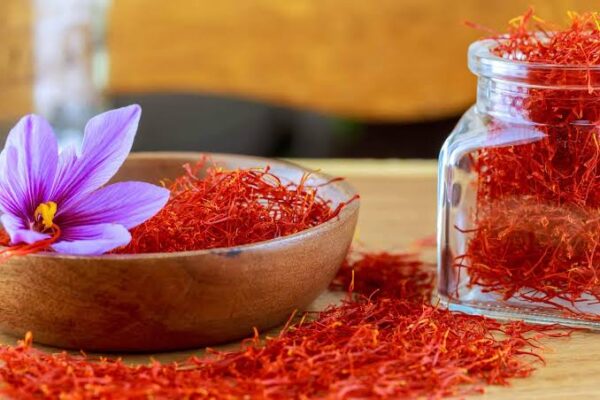 Saffron, often referred to as �red gold,� holds the title of the most expensive spice in the world. Derived from the Crocus sativus flower, this spice is prized not only for its unique flavor and vibrant golden-yellow color but also for its labor-intensive harvesting process and limited growing regions.
Saffron, often referred to as �red gold,� holds the title of the most expensive spice in the world. Derived from the Crocus sativus flower, this spice is prized not only for its unique flavor and vibrant golden-yellow color but also for its labor-intensive harvesting process and limited growing regions.
Why is Saffron So Expensive?
- Labor-Intensive Harvesting
Each saffron flower produces only three delicate red stigmas, which must be carefully handpicked during a short annual blooming period in the fall. It takes about 75,000 flowers to produce a single pound of saffron, and all must be harvested by hand at dawn to preserve their quality. - Limited Growing Regions
Saffron thrives in specific climates, notably in Iran (which produces over 90% of the world�s supply), as well as in parts of India (especially Kashmir), Spain, and Greece. The plant requires a delicate balance of soil, temperature, and altitude. - Low Yield and High Demand
Due to the small yield per flower and increasing global demand from culinary and medicinal markets, saffron maintains an extremely high price, often ranging from $500 to $5,000 per pound, depending on quality and origin.
Saffron has been used for thousands of years in a variety of cuisines, especially in Persian, Indian, Mediterranean, and Middle Eastern cooking. It�s a key ingredient in dishes like paella, risotto alla Milanese, and biryanis, where it imparts a distinctive earthy, slightly sweet flavor and golden hue.
Beyond the kitchen, saffron is valued in traditional medicine for its antioxidant, antidepressant, and anti-inflammatory properties. It has also been used historically as a dye and a perfume.
Saffron quality is graded based on color, aroma, and flavor, with the highest grades containing only the red stigmas and none of the yellow styles. The ISO 3632 standard categorizes saffron into four grades, with Grade I being the purest and most potent.
Saffron�s title as the most expensive spice is well-earned, combining a rich history, intense manual labor, and complex cultivation with deep cultural and culinary roots. Whether used sparingly in a gourmet dish or steeped in ancient remedies, saffron continues to be one of the most treasured spices in the world.







